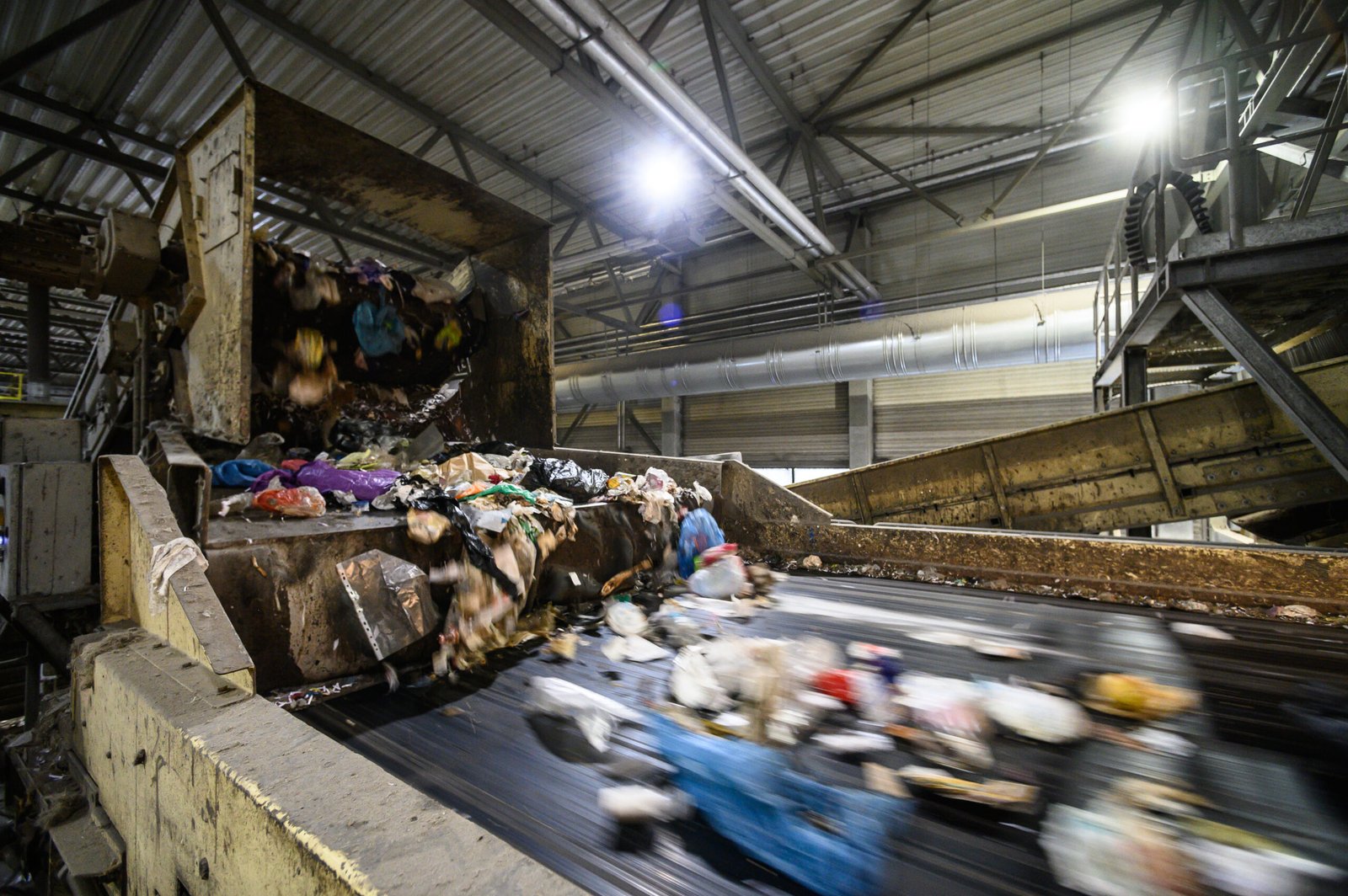Residents of the Vilnius region are generating less mixed municipal waste. Last year, each resident in Vilnius and the surrounding areas produced an average of 259 kg of waste per year, or 710 grams per day. This represents a 3% reduction compared to the previous year when the figure was 267 kg per person annually, or 730 grams per day, for every resident – from children to the elderly.
Overall increase in waste and population
Despite the reduction in waste per person, the total volume of mixed waste in the Vilnius region is on the rise. Energesman, the operator of the mechanical and biological treatment (MBT) plant sorting mixed municipal waste, reports that last year the facility processed 219,900 tonnes of mixed waste. This is an increase of 1,325 tonnes, or nearly 1%, compared to the previous year when 218,600 tonnes were processed.
The overall growth in waste is attributed to the increasing population in the Vilnius region. At the start of the year, the population of Vilnius and its surrounding areas was 849,000 – nearly 4% more than the previous year’s 818,000 residents.
“Vilnius city and the surrounding region are steadily growing, which leads to an increase in the overall flow of mixed waste, even though each resident is producing slightly less waste than before. We sort all mixed waste again and prepare it for further use. Only a small portion – about one-tenth – is unsuitable for any further use, such as soil or small stones, which are sent to landfill. We strive to increase the proportion of waste that can be recycled each year,” explains Algirdas Blazgys, Director of Energesman.
Finding unusual items: tyres and phones
What do residents throw into mixed waste bins? The plant conducts regular morphological studies, which provide accurate data on the types and quantities of waste being disposed of. This helps the company monitor and analyse residents’ habits and plan its operations accordingly.
“The largest portion of the waste brought to us by weight is simple water – about 15%. We dry it out, significantly reducing the weight. This complicates the accounting process somewhat, as water in waste is not considered waste,” Blazgys explains.
Last year, plastic and its packaging made up 14% of the total municipal waste stream, with paper and cardboard at 8%, textiles at 6%, and glass and its packaging around 5%.
Food and kitchen waste accounted for 3.7%, while green waste made up another 3.8%. Nearly 5% consisted of inert waste, such as ceramics, concrete, and stones.
The plant also receives a significant amount of waste that should not be disposed of in mixed municipal bins – such as construction materials, car parts, tyres, furniture, electronic equipment, phones, and similar items.
Energesman has started producing Solid Recovered Fuel (SRF) from non-recyclable waste. Last year, the company became the first in Lithuania and the Baltic states to receive a certificate from Bureau Veritas, allowing them to produce a specialised SRF mix for industrial use.
The Vilnius waste sorting plant supplies this SRF to Akmenes Cementas, where it becomes part of the clinker used in cement production.
By producing SRF for industry, Energesman is using more waste that cannot be recycled. This, along with new glass sorting technology, will help reduce the amount of waste sent to landfill.

